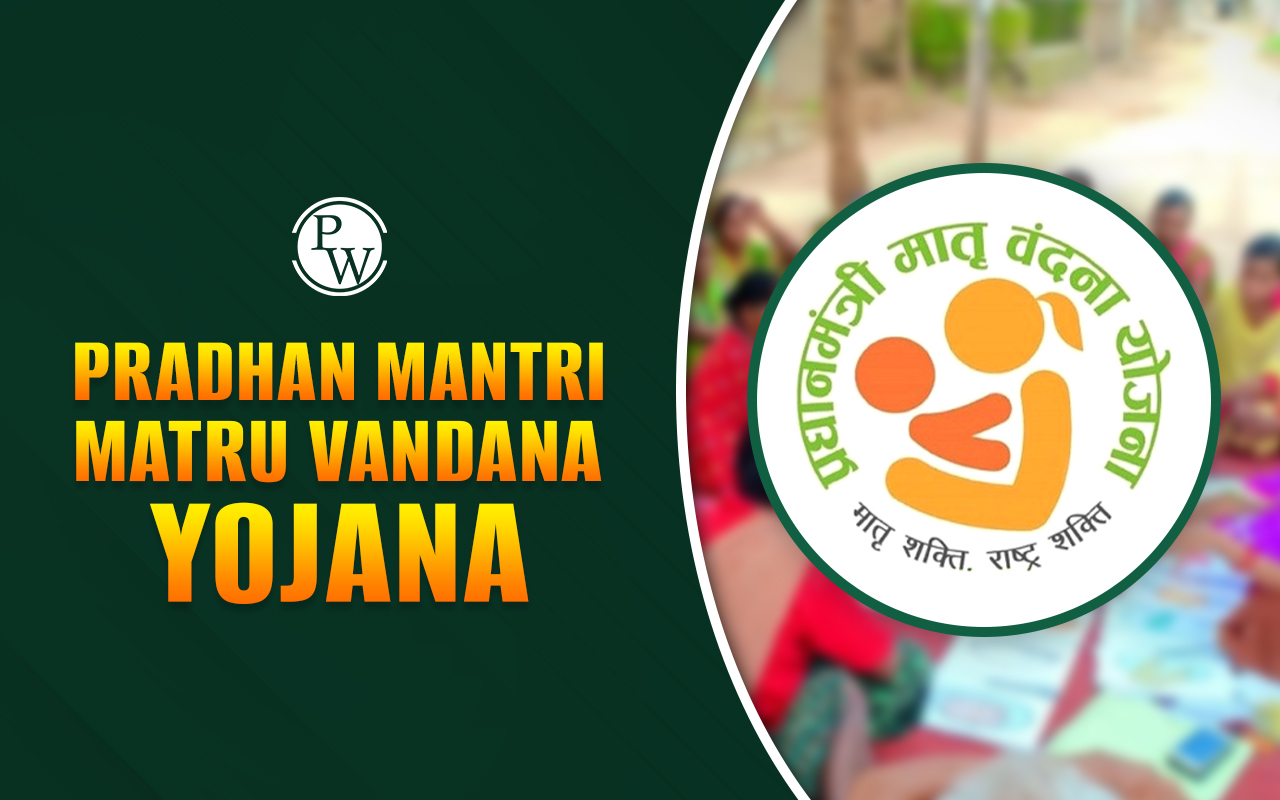
National Sports Policy 2025 has been approved by the Union Cabinet on 1 July 2025, replacing the old 2001 version. Officially named “Khelo Bharat Niti 2025,” the policy aims to turn India into a sporting powerhouse by nurturing talent from rural fields to Olympic stadiums. National Sports Policy 2025 sets out to help India shine on global stages like the 2036 Olympics and boost fitness across the country.
National Sports Policy 2025
The National Sports Policy (NSP) 2025 is an important policy framework launched to make India a global leader in sports. Approved by the Union Cabinet in July 2025, this updated policy replaces the 2001 version and focuses on nurturing talent, building world-class infrastructure, and making sports a part of the Indian lifestyle.
Created after consultation with various central and state ministries, NITI Aayog, National Sports Federations (NSFs), athletes, experts, and the public, the National Sports Policy 2025 reflects a shared national vision to transform sports in India.
|
Here is a brief timeline of sports policy in India:
|
National Sports Policy 2025 Key Pillars
The National Sports Policy 2025 is structured around five key pillars designed to transform India’s sports ecosystem and elevate its status on the global stage. The pillars are:
1. Excellence on the Global Stage
This pillar aims to identify and develop talent from an early age, including in rural areas. It focuses on building strong coaching systems, improving sports infrastructure, using sports science and technology, and providing full support to athletes. It also works to strengthen the functioning and transparency of national sports bodies.
2. Sports for Economic Development
Recognizing sports as a growing sector of the economy, this pillar supports the development of sports-related industries such as manufacturing and tourism. It encourages the hosting of international events, promotes sports-based entrepreneurship, and attracts investment through corporate partnerships and joint initiatives.
Also Read: 'National Game of India'
3. Sports for Social Development
This component promotes equal access to sports for women, economically weaker communities, tribal populations, and persons with disabilities. It supports traditional games, integrates sports into education, and encourages career pathways in the sports sector for players and support staff alike.
4. Sports as a People’s Movement
To build a culture of physical activity, this pillar encourages widespread participation through public campaigns, community events, and fitness programs. It also aims to provide accessible sports facilities in both urban and rural settings.
5. Integration with Education (NEP 2020)
Aligned with the National Education Policy 2020, this pillar integrates sports into everyday school life. It focuses on curriculum design, the training of physical education teachers, and the organization of school-level sporting events, including those celebrating traditional Indian games.
National Sports Policy 2025 Features
The new Sports Policy 2025 introduces several features to build a strong and active sports ecosystem across India:
-
Early Talent Identification: Identify talent from villages and support their development with training and global exposure.
-
Global-standard Infrastructure: Urban hubs and remote area facilities, competitive leagues, and federations strengthened for high-level sports
-
Technology in Sports: Advanced tools like data analytics, artificial intelligence, and wearable devices will be used to improve training and athlete performance. Sports science will also play a major role in recovery and nutrition.
-
Focus on Inclusivity: Girls, tribal youth, and differently-abled persons will get equal opportunities to play and compete. The policy also gives importance to India’s traditional and indigenous games.
-
Boosting the Sports Economy: Encourage sports tourism, equipment manufacturing, startups, and private investment through partnerships and incentives.
-
Mass Participation and Fitness Culture: Run campaigns and events to promote fitness and sports at schools, workplaces, and communities.
-
Private Participation: The policy encourages companies to invest in sports through CSR and public-private partnerships.
-
Transparent Governance: Central and state alignment, clear KPIs, regular monitoring, legal oversight via a likely “Sports Regulatory Board” to prevent federation malpractice.
Importance of National Sports Policy 2025
The National Sports Policy 2025 is a crucial step to create a robust, inclusive, and athlete-centric sports ecosystem:
-
This policy prepares Indian athletes to shine on global platforms like the Olympics and Commonwealth Games. Winning medals and performing well internationally builds a national image.
-
Regular participation in sports and fitness activities will reduce lifestyle-related diseases. It also promotes mental well-being.
-
The policy turns sports into a way of life. From schools to offices, everyone will have a chance to be fit and active.
-
Sports is now a fast-growing sector. Projected sports market growth from $52 billion to $130 billion by 2030 means jobs and business for new leagues and tourism.
-
The policy ensures that everyone, regardless of gender, location, or background, gets access to sports facilities and support.
-
AI and analytics will modernize training, federations, and performance monitoring, preparing India for global competition.
In summary, National Sports Policy 2025 is a bold and inclusive blueprint to transform India’s sporting identity. It will empower aspiring athletes, strengthen infrastructure, fuel economic growth, and advance social wellness.
Explore PW UPSC Courses to learn relevant Indian policies for the IAS exam. Enroll today!
National Sports Policy 2025 FAQs
What is the new national sports policy in India?
When was Khelo Bharat Niti 2025 approved?
What is the aim of the National Sports Policy 2025?
How many pillars are there in the National Sports Policy 2025?
Does Khelo Bharat Niti 2025 support traditional games?

UPSC Coaching






